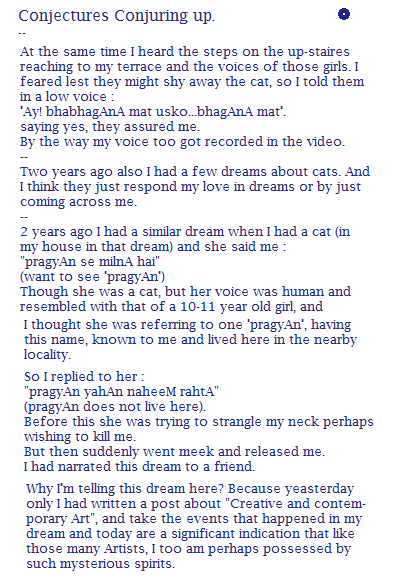Evolution of the WORD.
--
श्लिष् > śliṣ
> click, close, schlissen (to close, German)) schluss (German, close, lock), schlussel (German) > key,
latch / lock / clause,
क्लिद् > क्लिद्यते
> klid > klidyate
resembles श्लिष् > śliṣ in the sense of 'closing' > to bring / come to a 'close' > 'end'.
This again gives, preclude, include, exclude, reclude (recluse)
this 'end' is संस्कृत / saṃskṛta 'अन्त' / 'anta' with उपसर्ग-प्रत्यय (prefix) 'अव' (ava) that gives us a thousand words in English.
And the only reasoning that establishes convincingly is the principle that a word uttered / spoken / produced in whatever way has its inherent meaning hidden in the uttered / spoken / produced word.
This does not mean that one really is aware of that meaning, but the formation of the word itself is dependent upon the sound and consciousness that is the core meaning of the word.Thus when we utter a word because we have been trained to use the word in a particular sense, this does not imply that we invoke the hidden meaning, but when we truly aspire to invoke what we intend to see, we instantly come across the exact word that is 'mantra' or the sound-consciousness associated with the word and the meaning and connects the two in the most proper way.
In the preceding post I have explained
(वायु) प्राण / (vāyu) prāṇa / चित्त / citta / cetanā
which govern the whole discipline of word-formation.
संस्कृत / saṃskṛta classifies 33 presiding- devatā, the authority that govern the whole Matrix of Letters that are the building-blocks of all words.
In their pristine and genuine form these words follow the rules promulgated by these presiding- devatā.
So all sound-forms (sound > स्वर / swar form > प्रमा / pramā) are generated from these 33 presiding-devatā, which are functional beings conferred with the power of bringing out the manifest-existence.
These were energy-consciousness-capsules are the very seed of the Whole world perceived by an individual, while the individual is like-wise such a energy-consciousness-capsule in one-self, though far more, infinitesimally small in power and strength when compared with those 33 entities enumerated above.
Veda tell us one by performing certain rituals यज्ञ / yajña could attain the status of those 33 presiding- devatā in 4 ways :
देवता-सान्निध्य देवता-सायुज्य, देवता-सामीप्य देवता-सालोक्य / devatā-sānnidhya devatā-sāyujya, devatā-sāmīpya devatā-sālokya.
Then the यज्ञ / yajña doesn't mean offerings given as sacrifice in Fire, but all actions / deeds which help attain this goal.
--



